Traditional Brazilian clothing is a colorful and meaningful expression of Brazil’s rich culture and history. From the coastal cities to the Amazon rainforest, traditional Brazilian clothing reflects diverse influences, including indigenous, African, and European roots. Women often wear the famous Baiana dress, a staple of traditional Brazilian clothing, while men might choose the practical Bombacha pants or the stylish Camisa de botão.
These outfits showcase the beauty of natural fiber clothing in Brazil and the intricate patterns that define traditional Brazilian clothing. Whether worn during festivals or daily life, traditional Brazilian clothing tells stories of identity, pride, and heritage that connect Brazilians to their past and future.
Traditional Brazilian Clothing
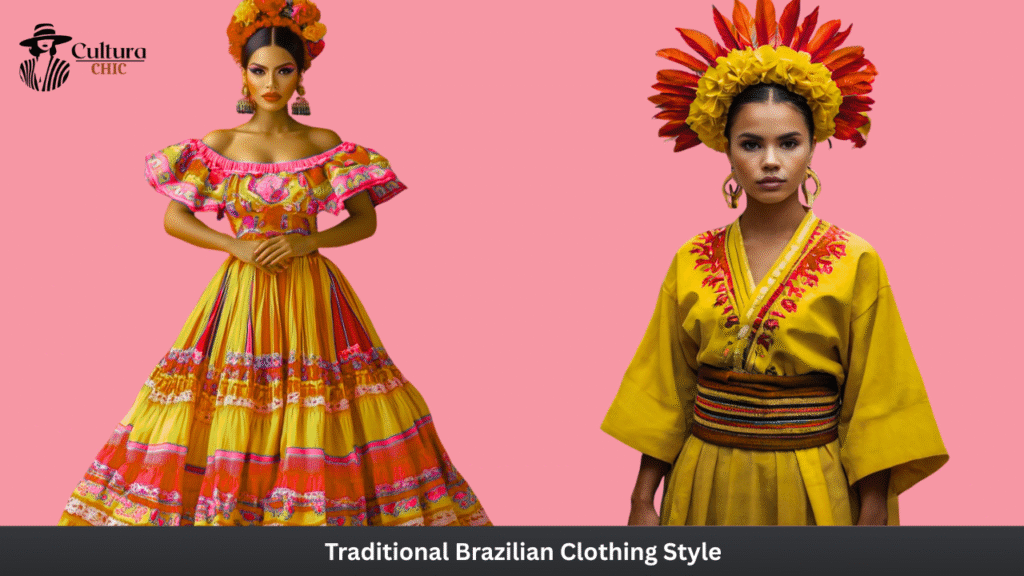
Traditional Brazilian clothing blends joy, color, and history in a way that mesmerizes American audiences. This style springs from indigenous roots, colonial influence, and modern trends. You might wonder, What do people wear in Brazil? Well, the answer ranges from bright carnival costumes to everyday cotton shirts. Each outfit tells a story of Brazilian cultural heritage and nature, with natural fiber clothing Brazil like linen and cotton making them breathable.
Traditional Brazil clothes show a deep spirit of place. In rural areas, gaucho clothing Brazil meets utility, while urban fashion channels carnival fashion Brazil flair. Whether it’s the vibrant fabrics or iconic silhouettes, this attire connects Brazil’s past with its present. You’ll see pieces inspired by Afro-Brazilian clothing, Amazonian tribal dress, and colonial traditions all woven into everyday life.
History and Evolution of Traditional Brazilian Clothing
Traditional Brazilian clothing began with vibrant tribal styles created by indigenous peoples living in harmony with nature. Over time, the arrival of Portuguese colonists and enslaved Africans shaped clothing profoundly. The result was an interwoven cultural tapestry—the influence of African culture on Brazilian clothing added bold colors, rich textures, and unique headwear.
By the 19th century, rural styles like gaucho clothing Brazil and the Camisa de botão became staples. These outfits were either for work or celebration. Many garments once worn in festivals are now everyday Brazilian clothes traditional pieces. Historical shifts created a layered wardrobe that reflects Brazil’s many faces—from Amazon rainforest attire to urban fashion.
National and Traditional Costumes of Brazil
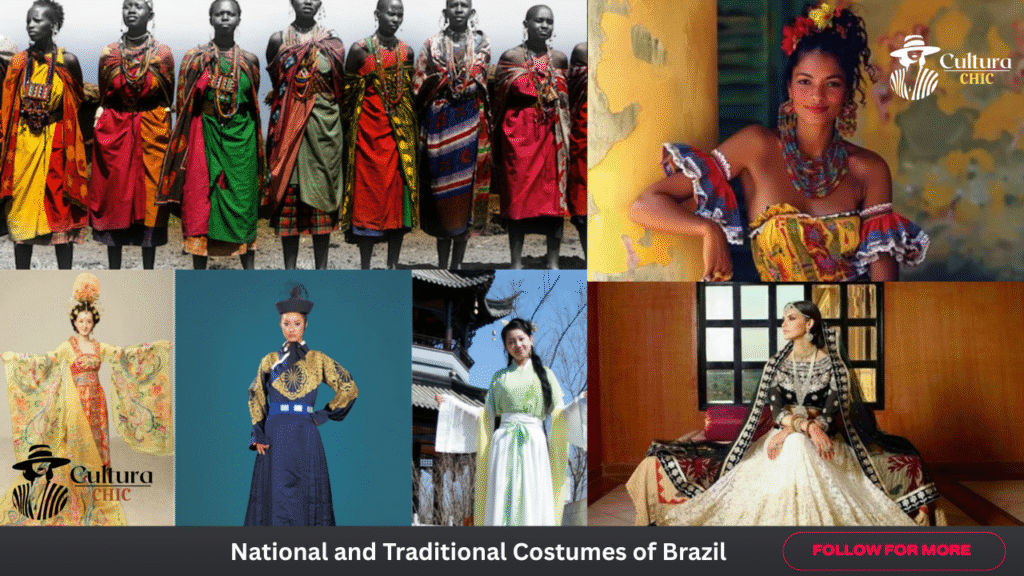
The Baiana dress, a symbol of Afro-Brazilian heritage, represents devotion, pride, and elegance. Women wear this full skirt, lace blouse, and headwrap on religious and cultural occasions. It’s easy to see why people ask, What is a typical Brazilian national costume? This ensemble presents history woven into every stitch.
Men often wear the Camisa de botão, a collared shirt paired with trousers or Bombacha pants. This outfit, rooted in rural traditions, bridges comfort and style. Farmers and city dwellers alike embrace it. Both these traditional outfits remind us of the link between Brazil’s land, its people, and their joy.
Popular Traditional Outfits and Accessories
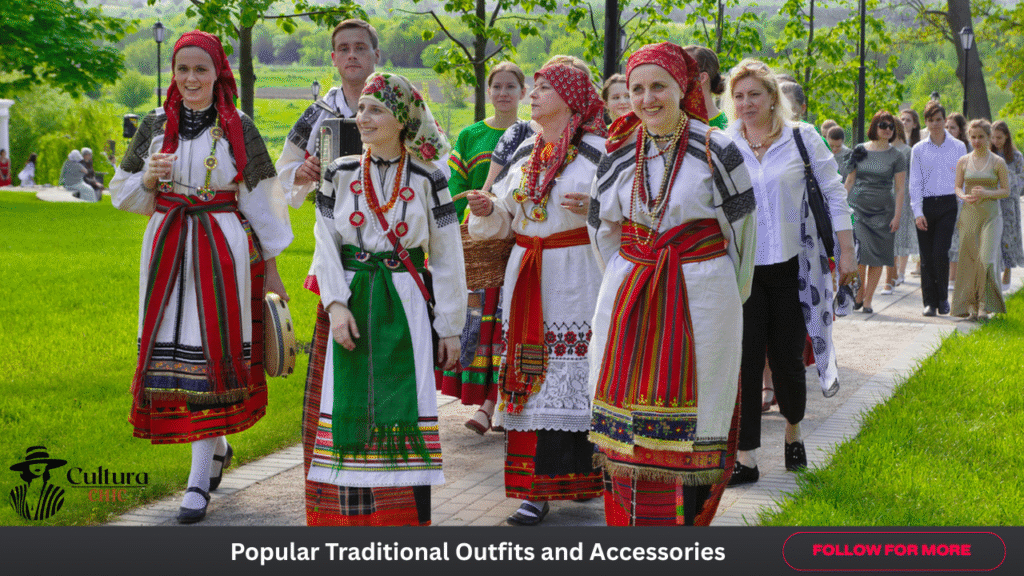
The Baiana dress shines at festivals with lace and embroidery that evoke heritage. Its design speaks of Brazilian cultural heritage and resilience. Women adorn themselves in layers, reflecting Afro-Brazilian and indigenous rituals.
Bombacha pants are another icon. These loose trousers were once worn by gauchos riding horses. The wide legs and gathered cuffs make them perfect for both work and celebration. They pair well with a Chapéu de couro hat, a rugged leather piece that protects from rain and sun. The hat also connects to Rural Brazilian attire and everyday function.
Regional Variations in Traditional Dress
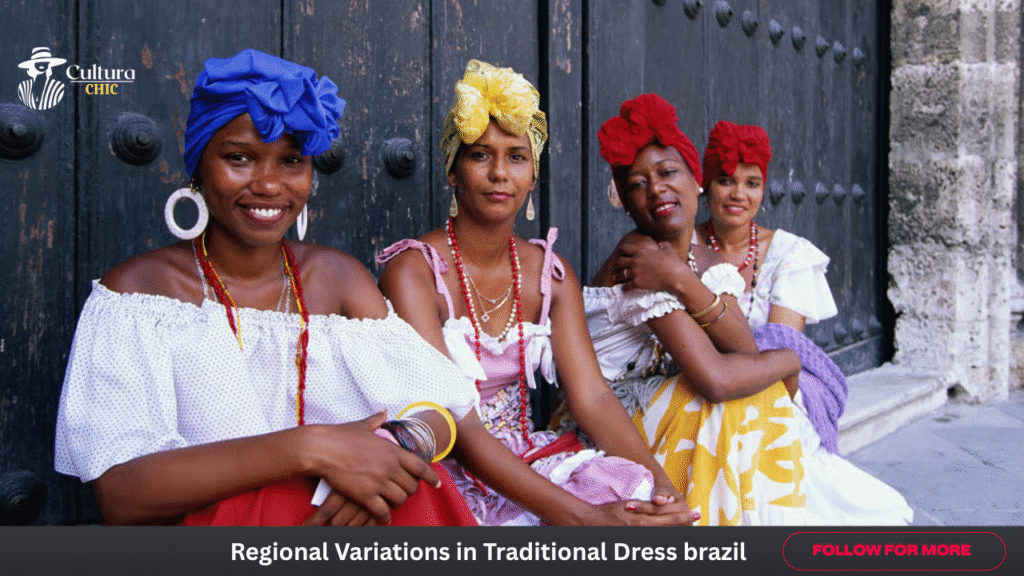
In the Amazon, Amazonian tribal dress uses palm fibers and beads, embracing protection and identity. It reminds us of age-old traditions still alive today. Style blends with nature and spirituality in every fiber.
Meanwhile, in southern Brazil, European influences shape clothing. Women wear embroidered skirts, and men don Bombacha pants again. Central-western styles borrow from cowboy culture. They add wide-brimmed hats and sturdy boots. The result? A rich tapestry of differences in regional clothing styles in Brazil that reflects geography and history.
Women’s Traditional and Modern Brazilian Clothing
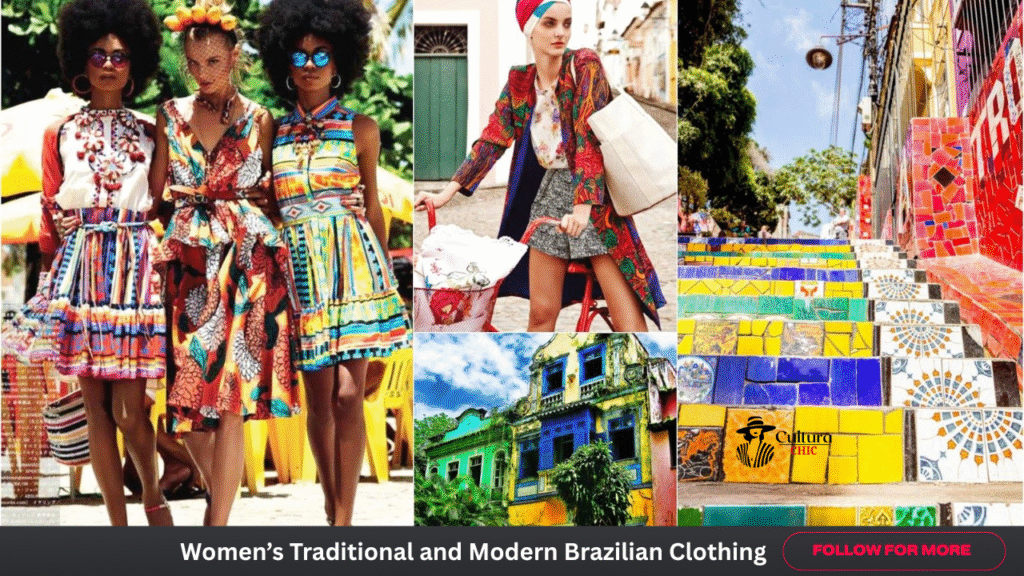
Women’s clothing in Brazil has evolved from modest traditional costumes to vibrant streetwear. You may ask, How do women dress in Brazil? The answer lives in colorful floral prints, flowing skirts, and casual beachwear. Modern women mix traditional cuts with urban flair. This blend expresses identity and freedom.
In cities, you’ll spot bright dresses, sandals, and accessories inspired by Afro-indigenous patterns. These styles highlight strong wrist jewelry and headwraps. This fashion trend echoes traditional brazilian clothing female expressions around festival wear and daily life choices.
Brazilian Swimwear and Beach Fashion

Bikinis from Brazil are famous worldwide. Brazilian swimwear and beach fashion show bold cuts, bright colors, and playful prints. Rio de Janeiro shaped many of these trends with its beaches and lively energy. Swimwear reflects confidence and body positivity for many US visitors.
Beach fashion in Brazil includes breezy cover-ups like Canga sarongs. These versatile items offer both style and comfort. They are perfect for walking in sand or sipping coconut water. These pieces are directly tied to Traditional clothes worn in Brazilian festivals because of their festive, relaxed vibe.
Patterns, Fabrics, and Materials Used
Traditional Brazilian fabrics use natural fibers like cotton, linen, and jute. Natural fiber clothing Brazil is valued for its breathability and eco-friendliness. Indigenous communities incorporate palm fibers and dyes from plants to connect with their environment.
Motifs include tropical flowers, tribal prints, and geometric shapes. Each pattern has symbolic meaning. A table below shows common fabrics and their uses:
| Fabric | Use |
| Cotton | Everyday wear, shirts, dresses |
| Linen | Baiana dresses, formal shirt linings |
| Jute/palm | Amazonian garments, accessories |
These textiles reflect Traditional Brazilian fabrics quality and tradition.
Influencers, Designers & Fashion Icons
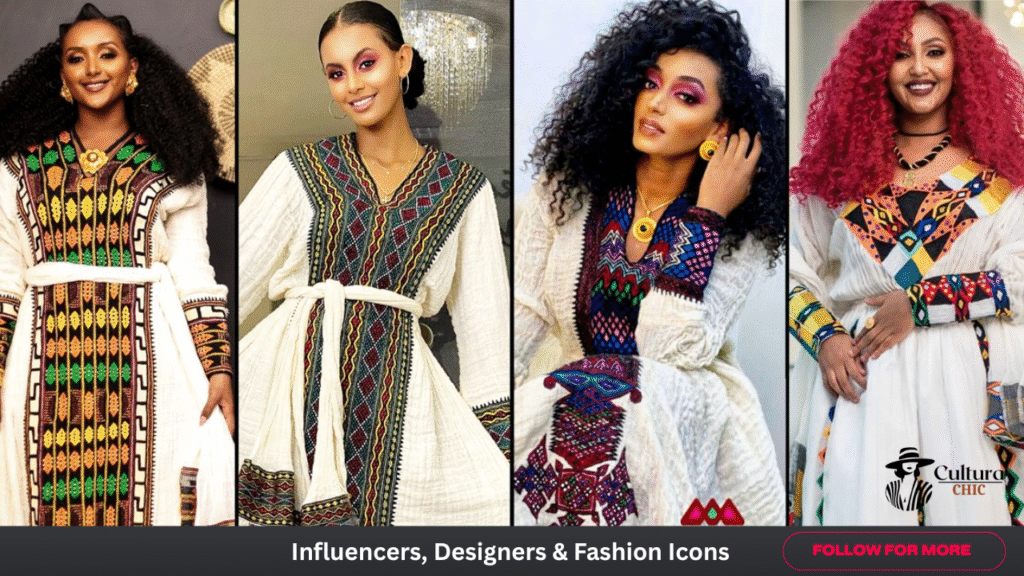
Brazil hosts growing fashion talents. Designers like Alexandre Herchcovitch blend streetwear and culture. Fashion icons like Camila Coelho and Lenny Niemeyer helped export Brazilian style to global stages. Influencers showcase pieces like modern Baiana dress designs on Instagram.
Celebrities also spotlight Brazilian carnival costume creativity. They infuse national pride with modern flair. American audiences admire these figures for their bold expression and cultural storytelling.
Dressing for Occasions in Brazil
In Brazil, dressing for events varies widely. For work, people wear smart yet breathable clothes—think Camisa de botão with chinos. Sundays might call for a more elevated traditional brazilian clothing female look, often incorporating lace or embroidery.
For festivals and Carnival, expect elaborate outfits with sequins, beads, and flowing fabrics. These ensembles reflect Brazilian carnival costume exuberance. Weddings and formal events see guests in silk and linen, often accented with Brazilian indigenous attire patterns or Afro-Brazilian clothing jewelry. This shows how deeply culture influences modern Brazilian closets.
Conclusion:
Traditional Brazilian clothing stands as a vivid testament to the nation’s rich cultural mosaic and enduring heritage. Each piece, from the iconic Baiana dress to the rugged Bombacha pants and the dazzling Brazilian carnival costume, weaves stories of history, identity, and artistry. The thoughtful use of natural fiber clothing Brazil and the intricate designs of Brazilian indigenous attire not only honor the past but also celebrate the vibrant spirit of Brazil’s diverse communities. Embracing traditional Brazilian clothing offers a timeless connection to Brazil’s soul, inviting everyone to appreciate the beauty and depth of its cultural legacy.
FAQs about Traditional Brazilian Clothing
Many wonder, what do people wear in Brazil? The answer varies greatly due to Brazil’s diverse culture, but traditional Brazilian clothing like the Baiana dress and Bombacha pants remain iconic. People also ask, what is a typical Brazilian national costume? It usually includes garments like the Camisa de botão for men and colorful dresses for women, reflecting regional and cultural influences. Another common question is about which fabrics are used in Brazilian traditional outfits? Most use natural fiber clothing Brazil such as cotton and linen, prized for comfort in the tropical climate. Finally, the influence of African culture on Brazilian clothing is significant, seen clearly in Afro-Brazilian clothing Fashion styles and festival wear.
FAQ’S:
Q: How to dress in Brazil as a female?
A: Wear light, colorful clothes like dresses and skirts. For festivals, traditional outfits like the Baiana dress are popular.
Q: What type of clothing is popular in Brazil?
A: People wear casual clothes like shorts and T-shirts. Traditional clothes like Bombacha pants and Camisa de botão are worn during special events.
Q: What culture does Brazil follow?
A: Brazil has a mix of indigenous, African, and European cultures that shape its traditions and clothing.
Q: What is the traditional of Brazil?
A: Traditional Brazilian clothes include bright dresses, cowboy-style Gaucho clothing Brazil, and the Chapéu de couro hat.
Q: Can I wear purple in Brazil?
A: Yes, purple is a good color to wear and is often seen during festivals and celebrations.
Q: What should I wear to my Brazilian?
A: Wear comfortable, colorful clothes or traditional outfits like the Brazilian carnival costume to enjoy the culture.
Welcome to Cultura Chic! I’m CHAUDHARY ALI, an AI-Powered SEO, and Content Writer with 2 years of experience.
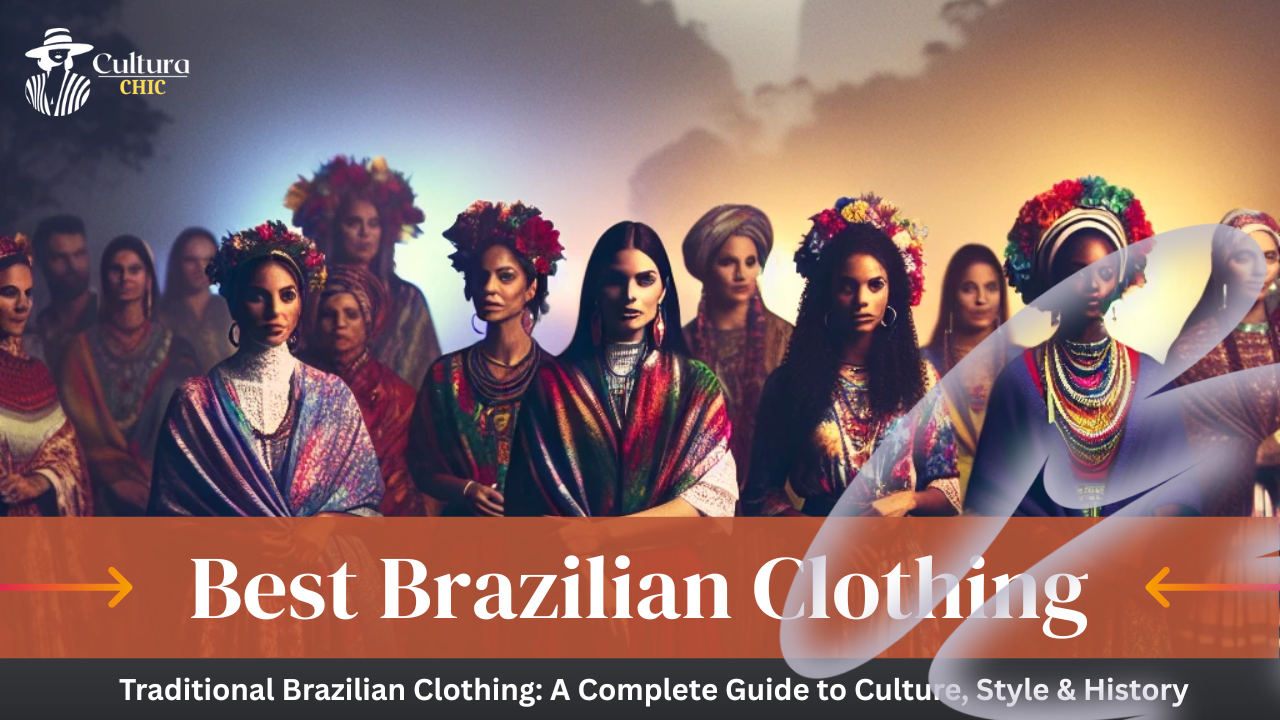
2 thoughts on “Traditional Brazilian Clothing”